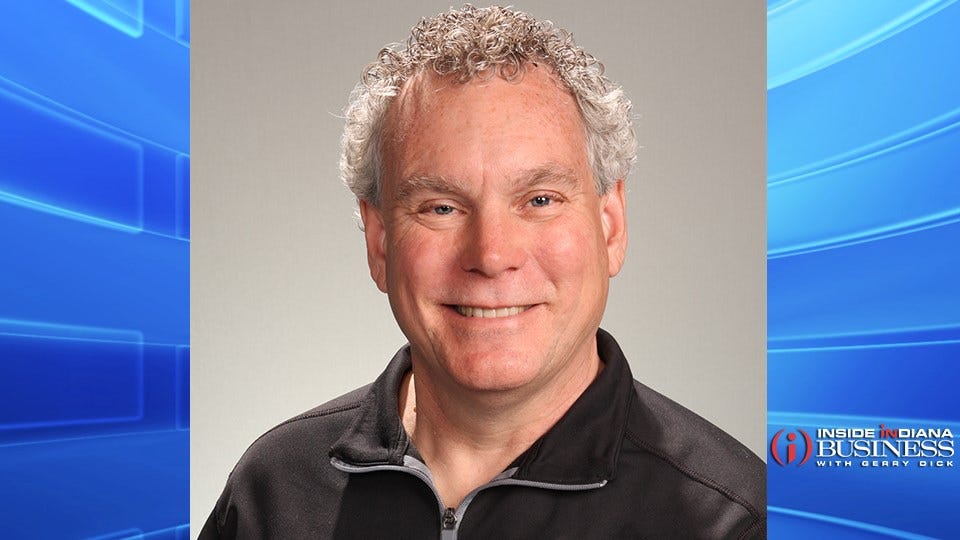A scavenger hunt for connection
Subscriber Benefit
As a subscriber you can listen to articles at work, in the car, or while you work out. Subscribe Now
I’ve had the opportunity to work on more fascinating projects than I deserve. You’d probably be stunned to learn some of the things I was paid to (successfully) accomplish. One of my favorites had an audacious goal of making communities feel more connected.
My client was a bank in the seat of an Indiana county that had been taking a beating for years. A typical mortgage loan might be $30,000. Its local competitor long dominated the market, but had its eyes on the larger and more wealthy city a half-hour down the state highway, and built a headquarters-style building there.
When our biggest competitor stops noticing its community, it’s the perfect time to step in with marketing messages emphasizing our bank’s roots and continued commitment to the area’s economic health. One day we discussed some of the county’s more far-flung communities, and they admitted the bank hadn’t done well among the people who lived there.
That evening, I opened Google Earth and gazed at the entire county — the smaller clusters of buildings connected by skinny, sometimes unpaved roads. I zoomed in on each of the smaller communities and tried to get a sense of who lived there and why. Most communities had something unique. Might have been a statue or an odd street name. Might be fun to talk about that in a radio spot, but that doesn’t really do much to build that connection between the bank and the community.
The best marketing efforts actively involve the audience. If a toothpaste brand creates a game that gives you a chance at a free box, and you spend 2 minutes playing that game, you’ll probably use that brand for years. Cake mixes weren’t big sellers until the manufacturers removed the powdered egg and replaced it with instructions for the cook to add an egg of their own. Now buyers felt like bakers.
When you involve an audience, you do something incomprehensible in this world Bluetooth created: you get their complete attention. It might be for a minute or for five, but they’re completely focused on you and far more likely to remember you.
So how could I get the county’s more remote communities to show an interest in doing business with our bank? And how could I make sure they felt the bank saw them and valued them? How can we share the unique aspects of each area? As I wondered how to bring those things to a wider audience, it came to me. A scavenger hunt.
The client blessed the plan I drafted, so I went to the editor of the local daily newspaper, which pretty much everyone in the county still read. I told him I’d call them co-sponsors and give them stories that get everyone talking each week … and all I wanted in return was some ink. He was excited.
I spent a day driving down county roads, finding surprises around corners, snapping photos and jotting down detailed descriptions. This scavenger hunt couldn’t be done online. People had to find and physically visit the sites. They’d have to get out of their cars.
Seven seemed to be the right number of sites. There were two specific pieces of graffiti on an old bridge. An intersection where the street names would make you chuckle. The fourth Spanish-American War vet listed on the local monument. This wasn’t meant to be easy. Hunters who supplied the correct answers to all seven questions would be entered in a drawing for a popular device.
The newspaper ran daily teasers promoting the hunt on their front page. We rolled out the actual quiz questions one at a time over weeks, sneaking in more promotional mentions to build enthusiasm. Entrants had to answer questions like “What couple pledged their undying love on two separate occasions in the middle of the bridge?” And they’d read a lot of graffiti before finding Brad & Margot with their side-by-side markings.
We announced the correct answers, and after a few days, drew the lucky winner’s name. Of course, there was also the big photo of the excited winner.
My favorite moment came when three likely members of the local Red Hat brigade walked into the newspaper’s office with a stack of photos. They decided to spend the day finding the clues together and enjoying a nice lunch. The editor captured their descriptions of each photo and their travels, turning it into a full-page photo essay after the entry deadline.
Over several weeks, the bank’s silly scavenger hunt had people all over the county talking, and a nice pile of entries flowed in from all corners. Most days, a fun story about the hunt could be found on the paper’s front page. Total cost (besides me)? One device.
Scott Flood creates effective copy for companies and other organizations. His guide to evaluating freelance creative talent, The Smarter Strategy for Selecting Suppliers, can be downloaded at http://sfwriting.com.
